Poisonous Creatures 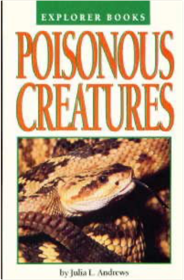 Grasslands 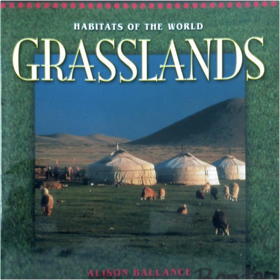 Plants 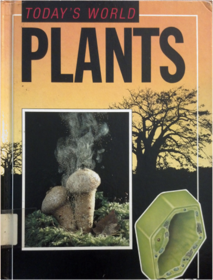 Butterflies & Caterpillars  Scholastic True or False is a science series aimed at second and third graders in a fun question-and-answer format. Each book contains 22 true or false questions with a full-color photograph of butterflies and caterpillars on every page. Kids will read the question on the right and turn the page to see the answer on the left. Every answer also includes a bonus fact related to the question. Animal Planet The Most Extreme Animals 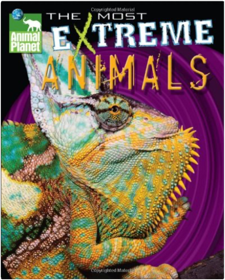 Title: The Most Extreme Animals Author: Gerstein, Sherry/ Mohs, Kevin (FRW)/ McGee, Ian (FRW) Publisher: John Wiley & Sons Inc Publication Date: 2007/04/20 Number of Pages: 80 Binding Type: HARDCOVER Library of Congress: 2006035891 Field Trip Facts: Notes From Ms. Frizzle's Kids  Dog  The Magic School Bus: Inside the Human Body 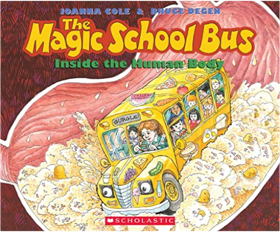 The Quest to Digest 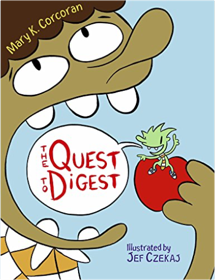 Killer Plants: The Venus Flytrap, Strangler Fig, and Other Predatory Plants 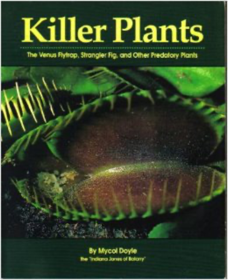 Creepy Crawlies: Infesting Rodents  Creepy Crawlies: Infesting Rodents 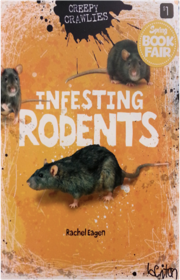 Arctic Animals 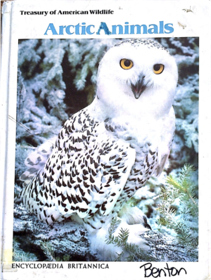 Spiders and Their Web Sites  Creepy Crawlies: Scurrying Cockroaches  Creepy Crawlies: Scurrying Cockroaches 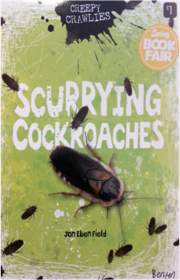 I Wonder Why Skunks Are So Smelly (and Other Neat Facts about Mammals) 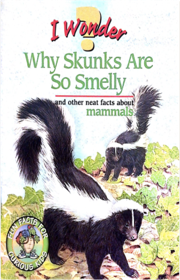 Living Planet  Creepy Crawlies: Feasting Bedbugs, Mites & Ticks 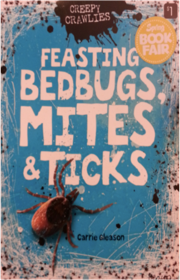 Creepy Crawlies: Feasting Bedbugs, Mites & Ticks 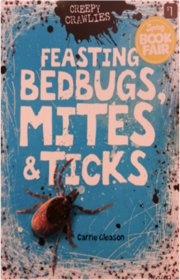 Horses 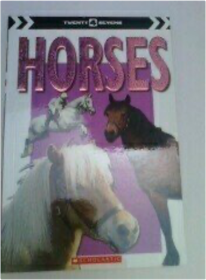 Juvenile Diabetes 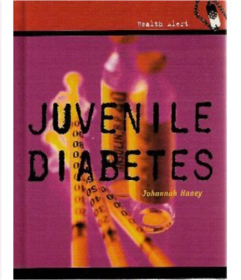 Amazing Crickets  Yikes!: Your Body Up Close! 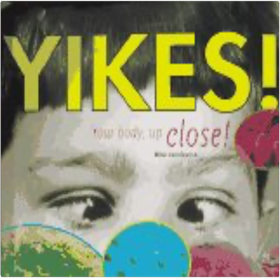 The Human Body 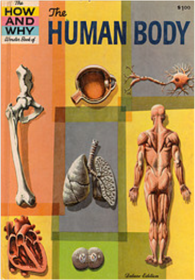 Florida Insects: Their Habits and Control 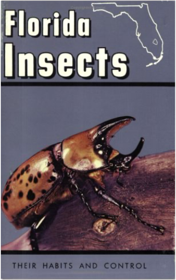 Insect 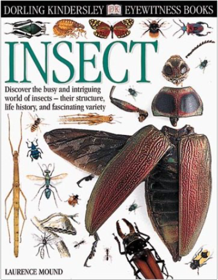 Here is a spectacular and informative guide to the extraordinary world of insects. Superb color photographs of beetles, bugs, bees, butterflies, and more give the reader a unique "eyewitness" insight into the variety and complexity of insects, their structure, life cycles and behavior. See a queen wasp building her nest, a caterpillar devouring a leaf, a cockchafer beetle taking off, two stag beetles fighting over a mate, and a damselfly nymph emerging as an adult. Learn why bees make honey, how to identify insects, why leafcutter ants build underground nests, how diving beetles live and breathe in water, and how mosquitoes spread disease. Discover how a wasp's compound eyes work, which insects have ears on their knees, how wasp grubs feed on living caterpillars, how a butterfly can smell with its wings, and much, much more! The Call of the Wolves 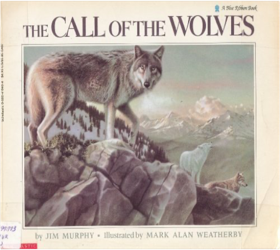 Skeleton 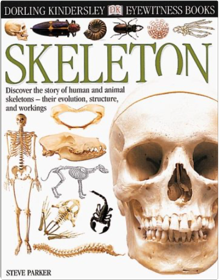 The skeleton is the framework of the body. It supports, moves, and protects, allowing us to walk, run, jump, and swim. Eyewitness Skeleton brings its complexity and ingenuity of design vividly to life. Starting with the human skeleton, it explains how each set of bones functions. It examines in detail the construction of the skull, spine and rib cage, hands, arms, legs, and feet. Comparisons are drawn with the bones of birds, reptiles, amphibians, fish, insects, and mammals. See the 206 different bones in the human body, how your skull differs from a lion's or a chimp's, how teeth grow, and what each one is for, and what the inside of a bone looks like. Learn how bones mend themselves when they break, why half the bones in your body are in your hands and feet, how many toes a horse has and what has happened to the tail you once had. Discover which are the smallest bones in the human body, why some creatures wear their skeletons on the outside and what animal once owned the oldest bones ever found on Earth. And much, much more! Wild Age: Discover the Prehistoric World 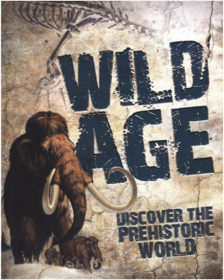 Turtles of Pinellas County and Its Surrounding Waters 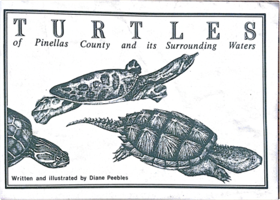 Open Me Up 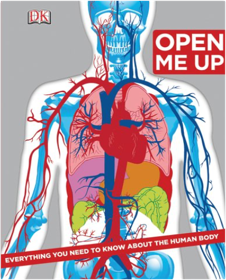 A spectacular 3-D cover (featuring an incredible die cut to reveal the internal organs) will wow browsers, while the superb interior design, imagery, and information will seal the deal. Learn about the discovery of penicillin from a graphic novel, see how the heart works via its social networking page, and watch white blood cells zap invaders on a video-game spread. This is not your father's Gray's Anatomy. Wolves and Coyotes 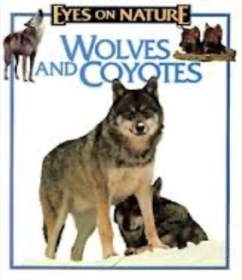 Wolves and Coyotes  Wolves and Coyotes 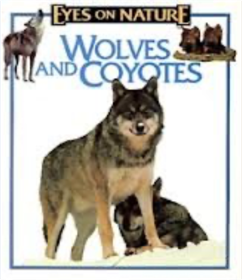 Science Dictionary of the Human Body 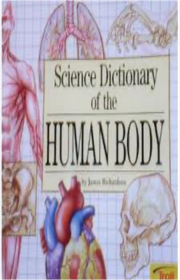 Creepy Crawlies: Bloodsucking Lice & Fleas  Creepy Crawlies: Bloodsucking Lice & Fleas  A Picture Book of Wild Cats  Mojave 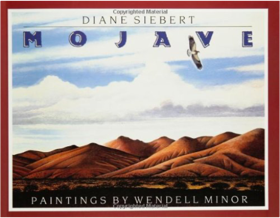 American Forests: The Beauty of America's Natural Habitat  Black Bear: North America's Bear 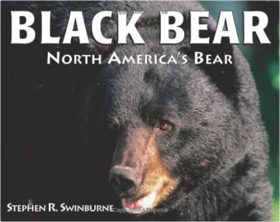 America's Neighborhood Bats: Understanding and Learning to Live in Harmony With Them  Human Body 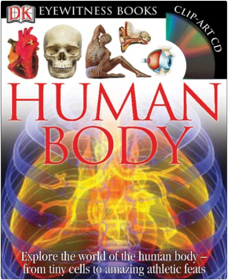 Completely revised and updated with state-of-the-art imagery, Human Body provides an in-depth look at our incredible bodies and what makes them tick. Touch the Earth  The Magic School Bus: The Search for the Missing Bones  The Magic School Bus: The Truth About Bats  The Body Book: An Owner's Guide to Fueling, Fixing, and Running the Most Inportant Machine You Own  Everglades  Supports the Common Core State Standards Cactus Hotel 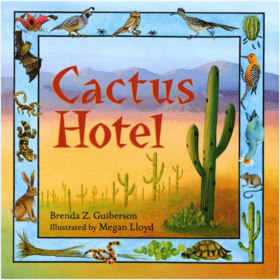 Many different animals live in the cactus hotel. It protects them; and they protect it, by eating the pests that could harm the cactus. The cactus grows larger and larger and will live for about two hundred years. When one animal moves out, another moves in. There is never a vacancy in the cactus hotel. This story—about a desert, a giant cactus, and the animals who live in it—is one that even the youngest child will understand and enjoy. The Remarkable Respiratory System: How Do My Lungs Work?  First Encyclopedia of Dinosaurs and Prehistoric Life 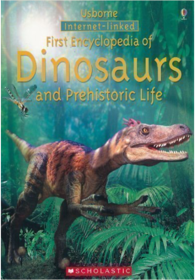 Lifetimes 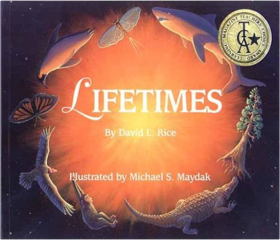 The Amazing Circulatory System: How Does My Heart Work? 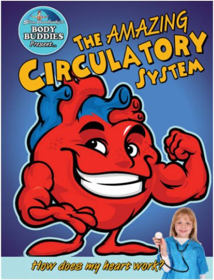 Horrible Science: Bulging Brains 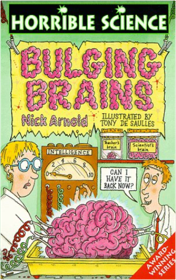 Horrible Science: Bulging Brains  Horrible Science: Bulging Brains 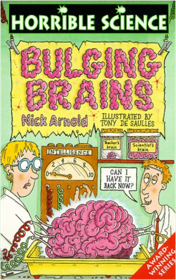 Horrible Science: Frightening Light  What Is a Reptile? 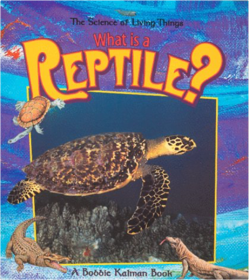 The Quest for the Tree Kangaroo: An Expedition to the Cloud Forest of New Guinea 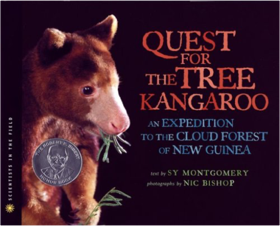 Recycle!: A Handbook for Kids  One Day in the Alpine Tundra 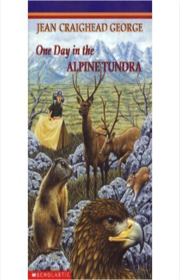 50 Simple Things Kids Can Do to Save the Earth 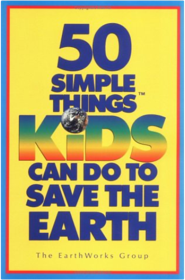 Horrible Science: Disgusting Digestion 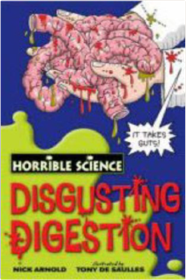 Horrible Science: Disgusting Digestion  The Amazing Book of Mammal Records: The Largest, the Smallest, the Fastest, and Many More! 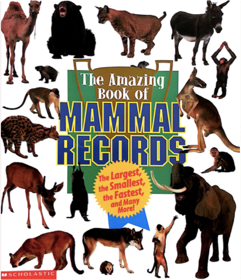 The Amazing Book of Mammal Records: The Largest, the Smallest, the Fastest, and Many More!  Horrible Science: Blood, Bones, and Body Bits  Eyes and Ears 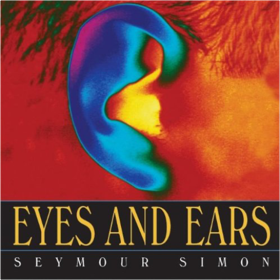 Six tiny muscles hold each eyeball steady in the sockets of your head.The ears contain the three smallest bones in the body: the hammer, anvil, and stirrup.In addition to hearing, ears help you to keep your balance.Without the brain, we wouldn’t be able to see or hear. The Exciting Endocrine System: How Do My Glands Work? 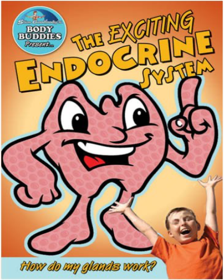 Human Body: A Book with Guts  Come Back, Salmon: How a Group of Dedicated Kids Adopted Pigeon Creek and Brought It Back to Life  Come Back, Salmon: How a Group of Dedicated Kids Adopted Pigeon Creek and Brought It Back to Life 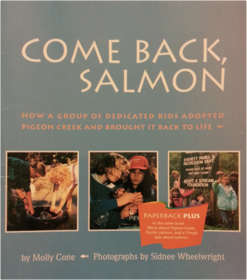 Horses 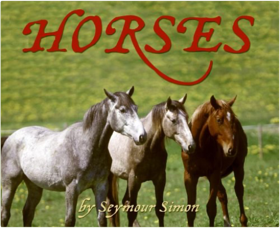 Horses are some of the most fascinating — and important — creatures on Earth. In fact, our world would not be the way it is today if not for horses. Horses have carried medieval knights into battle, transported settlers to the American West, and hauled fire engines and buses. They even turned the wheels that provided power for factories! But one of their greatest, most enduring gifts to us is companionship and trust. So come along with Seymour Simon, whom the New York Times calls "the dean of the [children's science book] field," and learn more about these amazing animals — straight from the horse's mouth! A Freshwater Pond 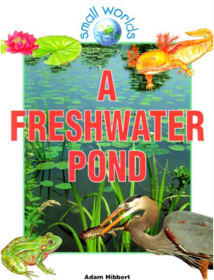 Platypus 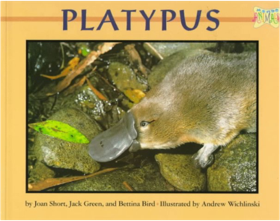 Platypus  Guts: Our Digestive System 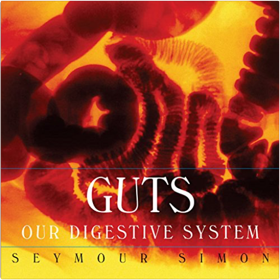 Can you guess how long it takes for food to travel through your body? Could you possibly have twenty feet of small intestines? Where does that bad-smelling gas come from? Your digestive system is out of sight and out of mind — until things don't go right. Then you may wonder how these important organs work! You'll find the answers in Seymour Simon's smooth, well-organized, and fascinating introduction to the digestive system. He explains how it works twenty-four hours a day, turning pizza, sandwiches, milk, and other food into energy and nutrients and waste. Striking photographs on every spread show how major organs including the stomach and intestines move food through your body, and how, eventually, waste is eliminated. Guts takes the mystery out of something that happens to everyone, every day, while at the same time sharing a sense of wonder about the human body. Bones: Our Skeletal System  Pass the Energy, Please!  Pass the Energy, Please! 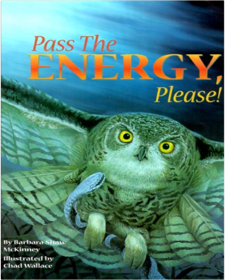 The Heart: All about Our Circulatory System and More! 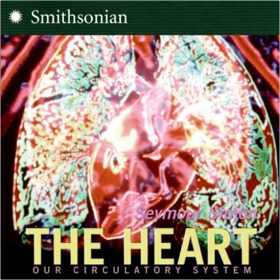 Muscles: Our Muscular System  Without muscles you couldn't blink—or even breathe! Nearly 700 muscles control your life. Big or small, a muscle is made up of just one cell. Exercise doesn't give you more muscles, but it strengthens the ones you have. Discover how muscles make us move—and see what it really looks like under your skin. Guinea Pig Scientists: Bold Self-Experimenters in Science and Medicine 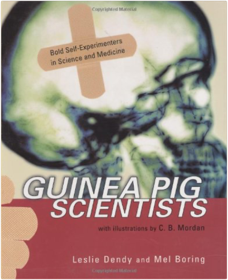 But were the risks worth it? Science and medicine from the inside out-ten engrossing stories of self-experimentation Who are these "guinea pig scientists"? Searching for clues to some of science's and medicine's bigger (and sometimes stranger) questions, they are all the men and women who devoted their lives to help find the answers. Spanning from the 1770s to the present-and uncovering the science behind digestion, the spread of yellow fever, the development of the first heart catheter, and more-their ten stories are at once scientifically detailed and fascinatingly personal. Mountain Survivor's Guide 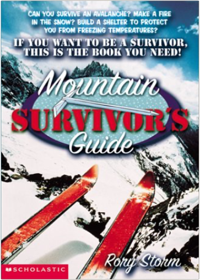 |


Mrs. Benton
Collection Total:
2,550 Items
2,550 Items
Last Updated:
Sep 10, 2023
Sep 10, 2023


 Made with Delicious Library
Made with Delicious Library